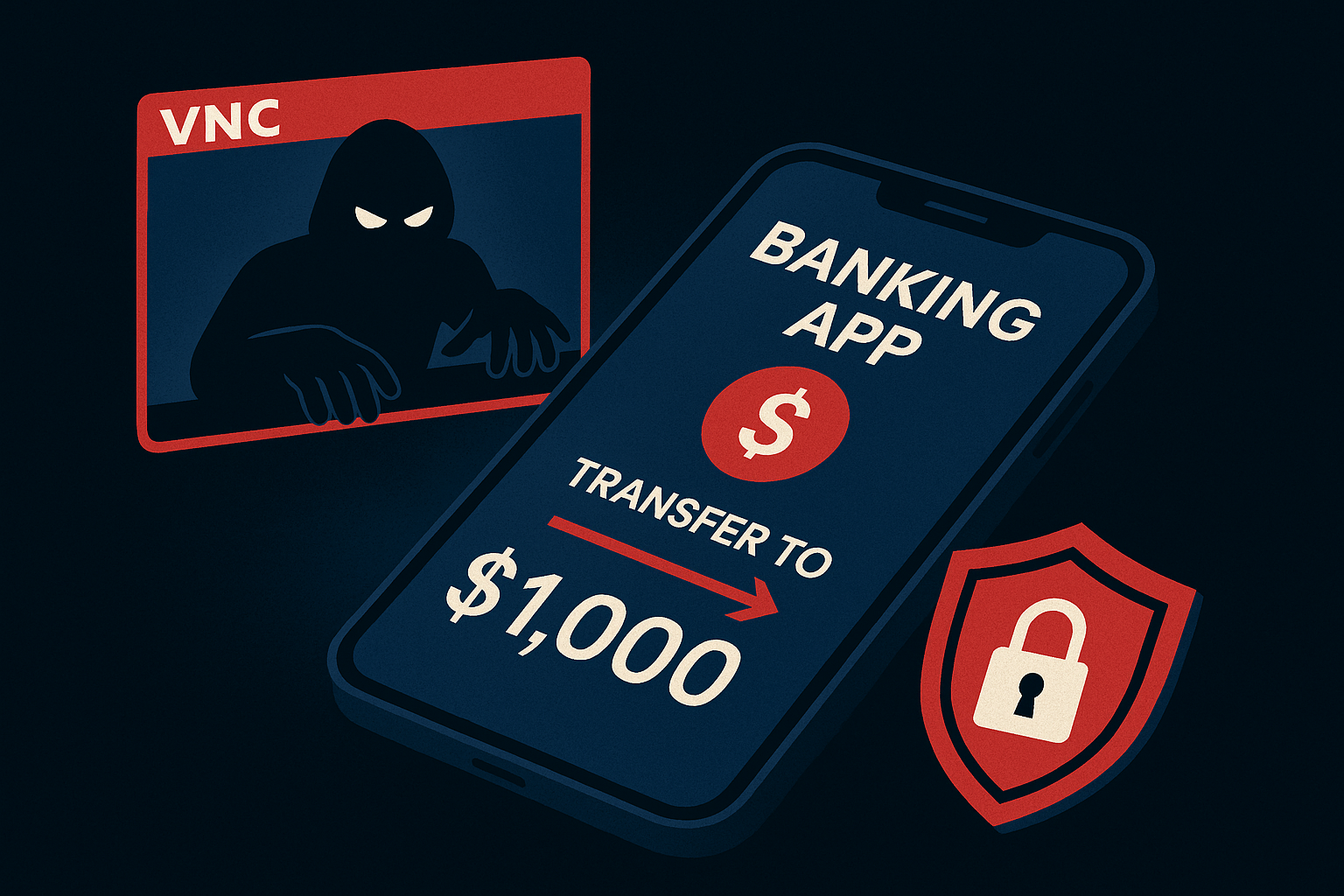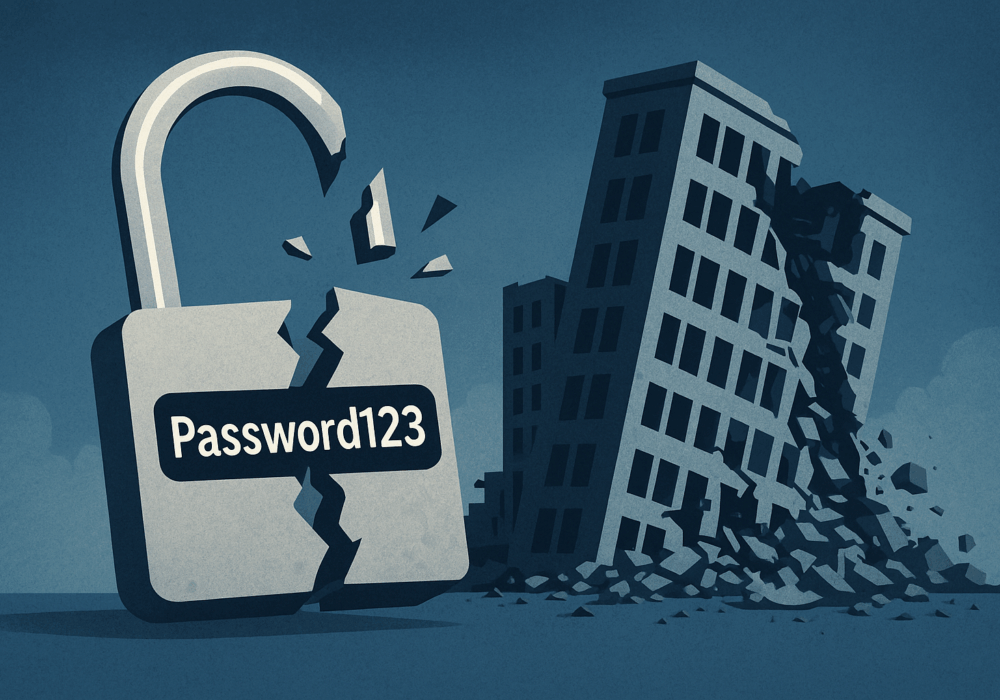
In 2024, cybersecurity continues to be a critical focus for small and medium-sized businesses (SMBs). The following top 10 cybersecurity trends not only highlight key areas of concern but also offer strategies to mitigate the risks that go with them. One of the best bits of advice we can offer you is to hire a virtual Chief Information Security Officer to help you build a more robust cyber program to address these top 10 trends.
Here’s an in-depth look at these 2024 trends and what you can and should do to accommodate them.
Trend: AI and machine learning are revolutionizing many areas of technology including voice impersonation, video creation, identity theft, and even autonomous vehicles.
Mitigation: SMBs should monitor the evolution of AI-powered security tools. AI-powered tools may offer a more proactive threat identification capability. Employees should be required to get permission to engage and use any AI-powered tools such as web conferencing AI Bots. Finally, robotics are going to bring more autonomous technologies to market leading to exciting opportunities in transportation and dangerous and lethal autonomous war machines.
Trend: Passwords will become less common as more technology companies and providers adopt Passkeys.
Mitigation: Passkeys, a replacement for passwords from a technology coalition called FIDO which stands for Fast IDentity Online. Will remove the potential for stolen passwords leading to compromises. Passkeys are very resistant to phishing attacks as they will not grant access or divulge their secrets to fake websites either! These are welcome improvements to the difficulty most people have with passwords.
Trend: Quantum computing poses a risk to current encryption methods.
Mitigation: Businesses may want to start investigating quantum-resistant encryption, however, the replacement standards are still being built into the tools we use. Do not expect to see quantum-resistant encryption algorithm’s commercially available until late in 2024 if at all.
Trend: Supply chain vulnerabilities are a growing concern.
Mitigation: Vet all third-party providers thoroughly. Ensure they comply with your security standards. Confirm 3rd parties train and test their employees on cybersecurity attach methods and focus on building cyber literacy skills in employees. If they develop software, ask how their developers are trained on secure coding best practices. Avoid vendors who don’t have or cannot attest or explain their cybersecurity program to you.
Trend: The remote work model will continue to proliferate despite back to work edicts from most companies. This remote work environment will demand continued security measures outlined below.
Mitigation: Strengthen remote access security. Require multi-factor authentication for all cloud applications and ensure all users have adopted and are using Password Managers to reduce their risk of compromise. Implement a robust awareness training and phishing simulation (like this) program to build better human firewalls.
Trend: IoT and edge computing will continue to introduce new vulnerabilities and risks.
Mitigation: Secure all IoT devices. Regular updates and network segmentation are vital. Require your end users to update their devices at home offices as well.
Trend: Ransomware attacks are becoming increasingly sophisticated, and will leverage new tactics to make targets pay the ransom.
Mitigation: Regularly back up your encrypted data. Educate staff on ransomware and train and test them with phishing training/simulations. Implement robust anti-malware tools. Consider deploying next generation endpoint protection tools that are monitored in near real-time by a Security Operations Center (SOC).
Trend: There’s a push for tighter data privacy laws. There’s more oversight and reporting required of publicly traded companies.
Mitigation: Stay informed on relevant laws. Ensure compliance through regular audits and updates. Build and test your incident response process to ensure you can quickly react to the inevitable cyber incident with strength, confidence, and decisiveness.
Trend: The shift to cloud demands better security practices.
Mitigation: Use cloud services with strong security protocols such as Single Sign-On (SSO), multi-factor authentication, and 3rd party assessments of their cybersecurity program. Regularly review, document, and manage your cloud security.
Trend: Phishing is becoming more sophisticated.
Mitigation: Train employees in recognizing such attacks. Implement email filtering and verification technologies. Adopt CyberHoot’s positive reinforcement, patent-pending, phishing simulations to teach your employees what they really need to know to spot and avoid phishing attacks.
As we navigate through 2024, these top 10 cybersecurity trends highlight the evolving and increasingly dangerous world we live in. Businesses must adapt and embrace these trends through strategic planning and robust cybersecurity measures that include end user awareness training and phishing simulations. Business owners must have a plan to control and mitigate the varied risks they face in order to protect their digital assets. These steps are not just recommendations but necessities for cybersecurity preparedness in 2024.
Discover and share the latest cybersecurity trends, tips and best practices – alongside new threats to watch out for.

The rapid rise of generative AI has unlocked enormous promise, but it’s also accelerating the arms race in...
Read more
Newly discovered Android banking Remote Access Trojan (RAT), dubbed Klopatra, has compromised more than 3,000...
Read more
In June 2025, KNP Logistics Group, a transport company in the UK with 500 trucks and nearly two centuries of...
Read moreGet sharper eyes on human risks, with the positive approach that beats traditional phish testing.
